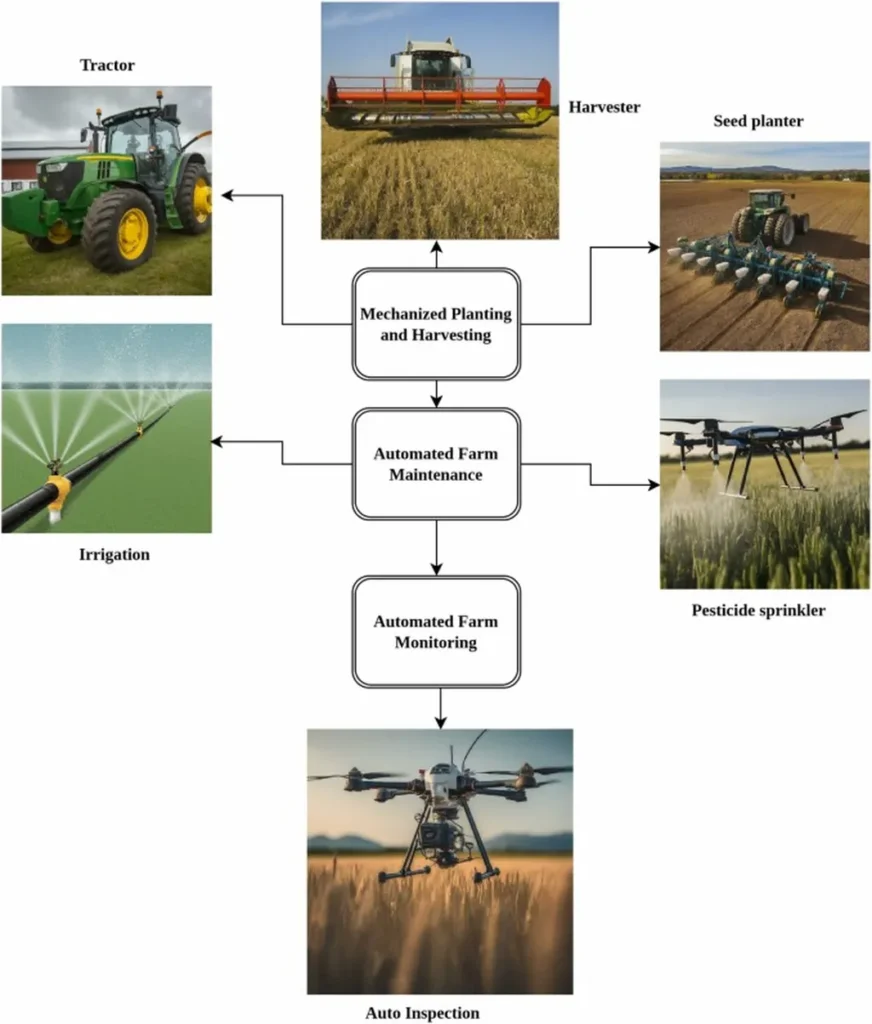In the heart of Malaysia, researchers are tuning into a symphony of sounds that could revolutionize pest detection in agriculture. Md. Akkas Ali, a lead researcher from the Faculty of Information Science and Technology at Multimedia University in Ayer Keroh, has developed a cutting-edge system called HDL-Net that listens to the subtle sounds of pests to protect crops before damage occurs. This innovative approach, detailed in a recent study published in *Discover Applied Sciences* (which translates to *Discover Applied Sciences* in English), could transform how farmers monitor and manage pest infestations, offering significant economic and environmental benefits.
HDL-Net stands for Hybrid Deep Learning and IoT Network-based system, and it leverages the power of sound analytics to detect pests early. By analyzing audio samples from 38 different pest species, the system uses advanced audio preprocessing techniques such as GFCC, FFT, and DFT to extract key features from the sounds. These features are then processed through a sophisticated deep learning framework that includes ResNet-50, DCN-Net, AGF-Net, and ASFP-Net modules. This multi-layered approach allows the system to accurately identify pests and provide early warnings to farmers.
“The integration of deep learning and IoT in pest detection is a game-changer,” Ali explains. “By combining these technologies, we can create a proactive system that not only detects pests but also helps farmers take preventive measures before significant damage occurs.”
The results of Ali’s research are impressive. HDL-Net achieved an accuracy rate of 99.77%, with a specificity of 99.34% and a sensitivity of 99.90%. These metrics outperform traditional models like VGG-16, DenseNet, and YOLOv5, demonstrating the system’s reliability and potential for widespread adoption.
The commercial implications of this research are vast. For the energy sector, which often relies on agricultural products for biofuels and other renewable energy sources, early pest detection can ensure a stable supply of raw materials. By preventing crop losses due to pest infestations, HDL-Net can contribute to the sustainability and efficiency of agricultural practices, ultimately benefiting the entire energy supply chain.
Moreover, the scalability of HDL-Net makes it an attractive solution for large-scale agricultural operations. “Our system is designed to be automated and scalable, making it suitable for various agricultural conditions,” Ali notes. “This means it can be deployed in different environments, from small farms to large agricultural enterprises, providing consistent and reliable pest detection.”
As the world continues to grapple with the challenges of climate change and food security, innovative solutions like HDL-Net offer a beacon of hope. By harnessing the power of deep learning and IoT, researchers are paving the way for smarter, more sustainable agricultural practices. The future of farming is not just about growing crops; it’s about listening to the environment and responding with precision and intelligence.
In the words of Ali, “This research is just the beginning. The potential applications of HDL-Net extend beyond pest detection, and we are excited to explore how this technology can further enhance agricultural productivity and sustainability.”

